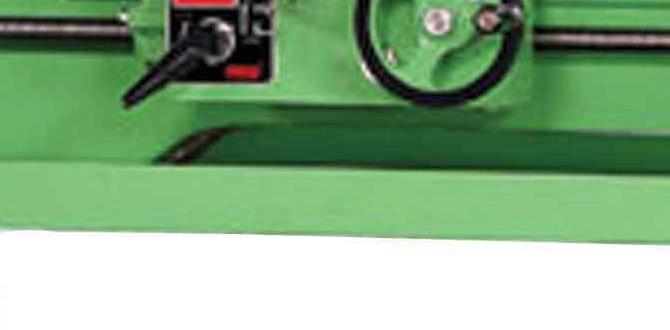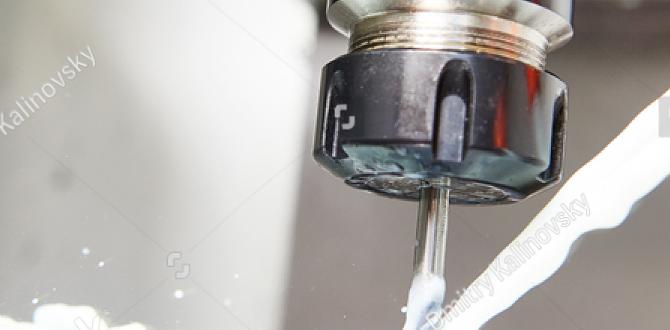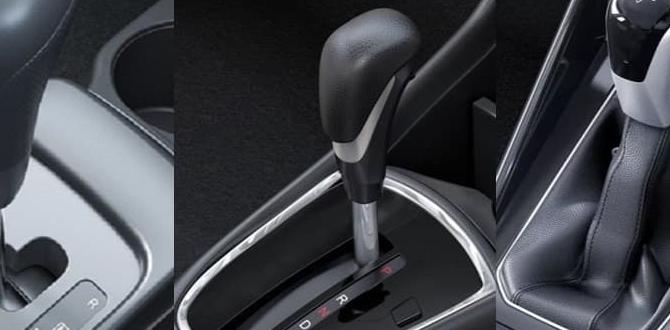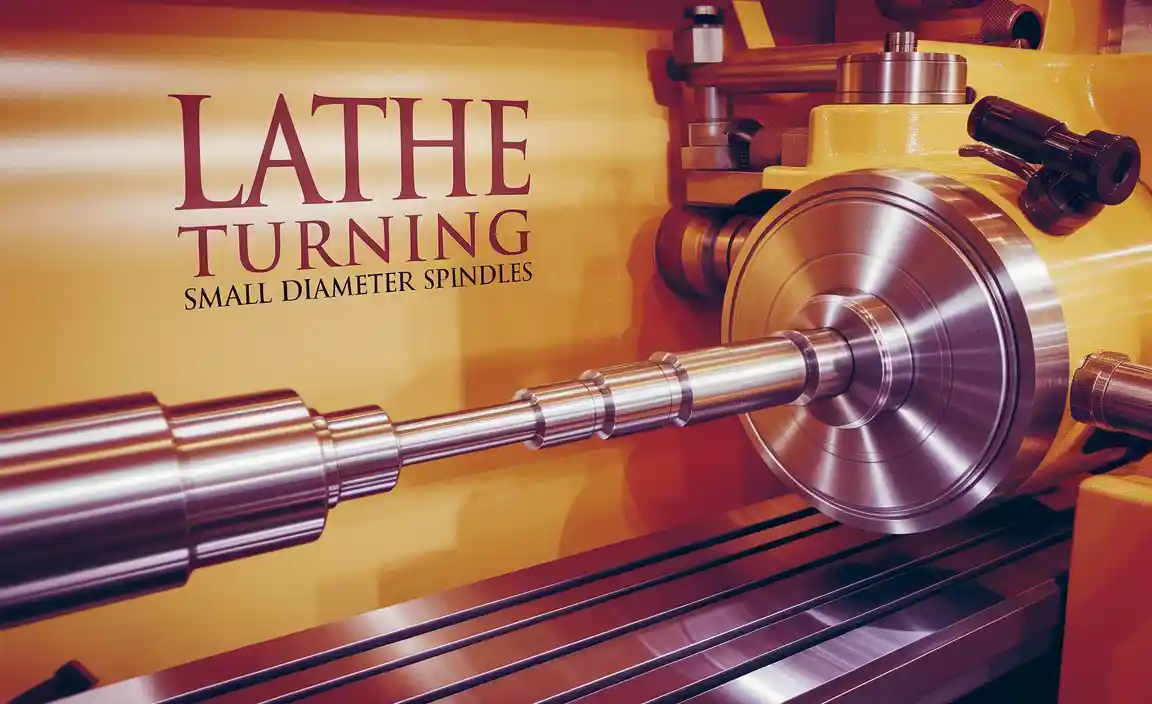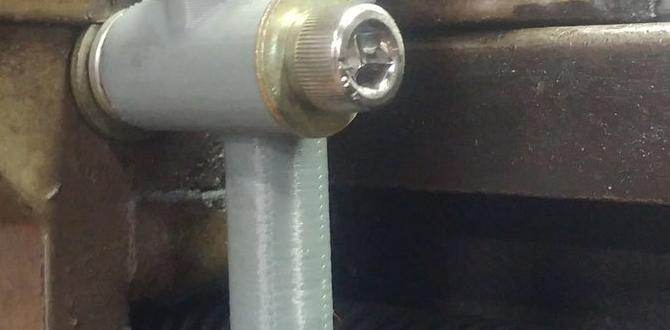Unlocking Precision: A Comprehensive Guide to Wood Lathe Chuck Jaw Compatibility
Wood lathe chuck jaw compatibility is a cornerstone of successful and safe woodturning. Selecting the right jaws for your chuck, and more importantly, ensuring they are compatible with both your workpiece and your wood lathe, can significantly enhance your turning experience, broaden your project possibilities, and prevent costly mistakes. This guide will delve into the intricacies of jaw compatibility, offering practical advice and insights for woodturners of all levels.
At its core, jaw compatibility refers to the ability of a chuck’s jaws to securely grip a workpiece of a specific size, shape, and material. It’s not simply a matter of screwing them on; it involves understanding the interplay between jaw design, scroll plate, workpiece mounting methods, and the overall capacity of your wood lathe.
Understanding the Anatomy of Wood Lathe Chuck Jaws
Before diving into compatibility, it’s essential to understand the different types of jaws and their intended purposes. Most wood lathe chucks utilize replaceable jaws that mount onto a scroll plate – the mechanism that opens and closes the jaws simultaneously and concentrically. Common jaw types include:
Standard Jaws (or Gripper Jaws): These are the workhorses, designed for general-purpose gripping of spigots (tenons) and recesses (dovetails). They typically have serrated or toothed surfaces for enhanced grip.
Dovetail Jaws: Specifically designed to grip external dovetails cut into the base of a workpiece, offering a very secure hold for bowls and other hollow forms.
Pin Jaws (or Cole Jaws): Often used for gripping smaller, delicate pieces or for holding work by internal gripping of a pre-drilled hole.
Chisel Jaws: Feature a sharp edge to cut into softer woods, providing a secure grip on irregularly shaped or very soft materials.
Faceplate Jaws: Designed to grip the outer edge of a faceplate, which is then attached to a workpiece. Useful for very large or unusually shaped items.
Specialty Jaws: This category encompasses a wide range of jaws designed for specific tasks, such as holding square stock, gripping tenons on the inside of a vessel, or providing an exceptionally soft grip for delicate work.
Factors Influencing Wood Lathe Chuck Jaw Compatibility
Several crucial factors determine whether a set of jaws is compatible with your chuck and your turning project:
Chuck Brand and Model: This is the most critical factor. Chucks are not universally interchangeable. While some manufacturers offer adapters or have compatible jaw series across different models, it’s generally safest to use jaws designed specifically for your chuck brand and model. The mounting system, screw thread, and jaw profile must align perfectly. Mismatched jaws can lead to improper seating, insecure gripping, and potential damage to both the chuck and the workpiece.
Jaw Size and Reach: Jaws are manufactured in various sizes, denoted by their length and the diameter of the workpiece they can accommodate. A small chuck with short jaws will be incompatible with large turning projects, and vice-versa. Always check the manufacturer’s specifications for the minimum and maximum gripping diameters for each jaw set. Exceeding these limits can lead to jaw slippage, chuck damage, or even workpiece ejection.
Workpiece Material and Woodturning Technique: The type of wood you’re turning influences jaw selection. Hardwoods offer a more secure grip than softwoods. The turning technique is also paramount. External gripping of a tenon requires different jaw considerations than internal gripping of a recess. For example, dovetail jaws are designed for internal gripping of a dovetail recess, while standard jaws are versatile for both external and internal gripping of tenons and recesses within their capacity.
Chuck Capacity and Wood Lathe Power: Your wood lathe’s power and swing capacity directly impact the size and weight of the workpieces you can safely turn. This, in turn, dictates the size and type of jaws you can effectively and safely use. Trying to grip a large, heavy workpiece with small jaws on a powerful lathe is a recipe for disaster. Conversely, using oversized jaws on a small, light lathe can strain the machine.
Ensuring Perfect Wood Lathe Chuck Jaw Compatibility
To avoid frustration and ensure safety, follow these steps to guarantee proper wood lathe chuck jaw compatibility:
1. Consult Your Chuck’s Manual: This is your primary resource. It will specify which jaw series are compatible with your chuck, their gripping ranges, and any recommended applications.
2. Identify Your Chuck’s Make and Model: Knowing the exact make and model of your chuck is essential for purchasing compatible jaws. Look for markings on the chuck body or refer to your lathe’s manual if the chuck was included.
3. Understand Jaw Series Numbers/Names: Chuck manufacturers often categorize their jaws into different series (e.g., Nova G3 jaws, Robert Sorby Patriot jaws). Ensure the series number or name of the jaws you’re considering matches your chuck’s compatibility list.
4. Measure Projected Workpiece Diameters: Before buying jaws, estimate the smallest and largest diameters of the workpieces you intend to turn. Match these dimensions to the specified gripping ranges of different jaw sets.
5. Consider Specialized Jaws for Specific Projects: If you frequently turn bowls, you’ll likely need dedicated dovetail jaws. For small spindles or intricate work, pin jaws might be beneficial.
6. Test Fit and Inspect: Upon receiving new jaws, carefully inspect them for any defects. Ensure they mount snugly and securely onto your chuck. Test them with a piece of scrap wood, gradually increasing pressure and observing their performance.
7. Don’t Force It: If jaws don’t seem to fit smoothly, don’t force them. This is a strong indicator of incompatibility or a defect.
The Importance of Safety and Precision
Improper wood lathe chuck jaw compatibility can lead to a dangerous situation. A workpiece that isn’t gripped securely can be ejected from the lathe at high speed, causing injury or damage. Furthermore, insecurely gripped work can lead to vibrations, inaccurate cuts, and a frustrating turning experience. Investing time in understanding and ensuring jaw compatibility is an investment in your safety, the longevity of your equipment, and the quality of your finished projects. By carefully considering the factors outlined in this guide, you can confidently select and use the right wood lathe chuck jaws for every turning endeavor.

